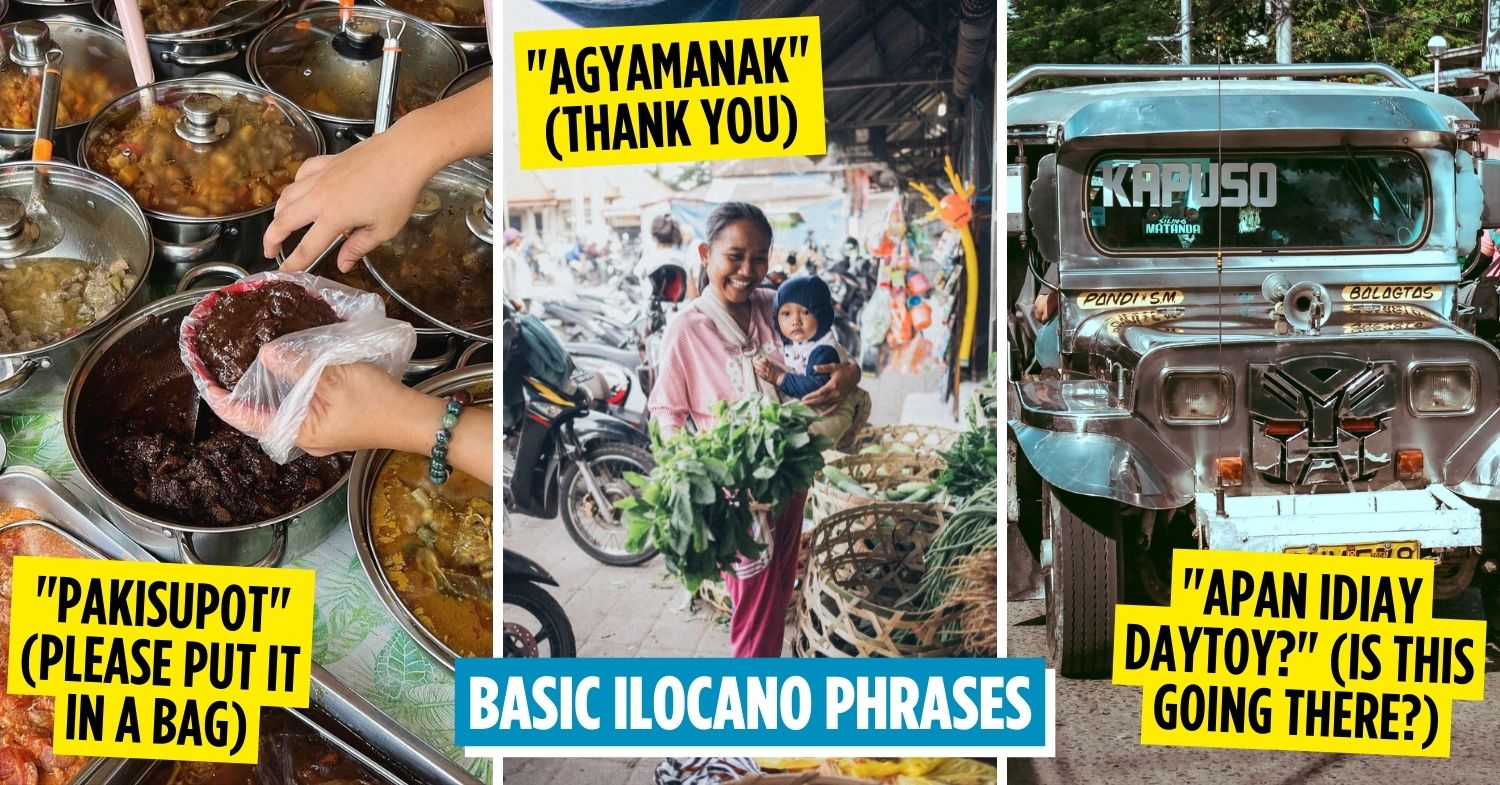Ilocano phrases you should know
Iloko, or Ilocano as it’s more commonly known, is the third-most commonly spoken language in the Philippines next to Tagalog and Cebuano. It’s widely spoken in both the east and west sides of Northern Luzon in places such as Pangasinan, Ilocos, Cagayan, and Benguet where Baguio is located.
To have a local experience of the Northern Philippines, here are some Ilocano phrases to know, from introducing yourself to trying to get a good bargain.
Table of Contents
- Ilocano phrases you should know
- 1. “Naimbag nga bigat/aldaw/malem/rabii.” (Good morning/afternoon/evening/night.)
- 2. “Siak ni [name].” (I am [name].)
- 3. “Manong”, “manang”, and “ading” (Older brother, older sister, and younger brother/sister).
- 4. “Wen” and “Haan” (Yes and no)
- 5. “Adda” and “Awan.” (There is and there isn’t)
- 6. “Agyamanak.” (Thank you.)
- 7. “Mabalin iti agdamag?” (Can I ask you something?)
- 8. “Apo!” (Is anyone here?)
- 9. “Agpakadaakon.” (Goodbye.)
- – Navigation –
- 10.”Kasatno iti apan idiay [location]?” (How do I go to [location]?]
- 11. “Kannigid” and “kannawan”. (Left and right)
- 12. “Apan idiay [location] daytoy?” (Is this going to [location]?)
- 13. “Diay supli iti [amount]?” (May I have the change for the [amount]?)
- 14. “Pakitulodak idiay [location].” (Please take me to [location])
- – Shopping –
- 15. “Sagmamano daytoy?” (How much is this?)
- 16. Awan tawar nan? (Can you give me a discount?)
- 17. “Piso”, “singko”, “diyes”, “bainte”, “singkwenta” and more
- 18. “Maysa”, “dua”, “tallo”, “uppat”, “lima”, and more
- – Dining –
- 19. “Anya iti naimas ditoy?” (What’s good to eat?)
- 20. “Nagasang daytoy?” (Is this spicy?)
- 21. “Maysa man ditoy.” (Please give me one of these.)
- 22. “Pakisupot” or “pakiplastik” (Please put it in a bag.)
- Ilocano phrases you should know
1. “Naimbag nga bigat/aldaw/malem/rabii.” (Good morning/afternoon/evening/night.)

Image credit: Amina Filkins/Pexels
While younger Ilocanos simply say “hello” or “hi” as a form of greeting, older people would love it if you greet them with “Naimbag nga [time of day]”.
The phrase “naimbag nga” translates to “a good”. Just change the last word depending on the time of day. “Bigat” means “morning”, “aldaw” means “afternoon”, “malem” means “evening”, and “rabii” means “night”.
You might also want to memorize the times of day in Ilocano especially when you want to go to events that are happening only during a specific time.
2. “Siak ni [name].” (I am [name].)

Image credit: Allan Mas/Pexels
To make friends in the Northern Philippines, you can introduce yourself by saying “Siak ni [name]” (I am [name]). The Ilocano word “siak” should be pronounced in one syllable and will sound like “shack”.
If you’re asked for your name, you can also ask for other people’s in return, to be polite. Just say “Anya iti naganmo?” when asking one person.
Replace “-mo” with “-yo” if you’re asking multiple people. The suffix “-yo” is also added to nouns and verbs as a sign of respect to elders or people of authority.
3. “Manong”, “manang”, and “ading” (Older brother, older sister, and younger brother/sister).
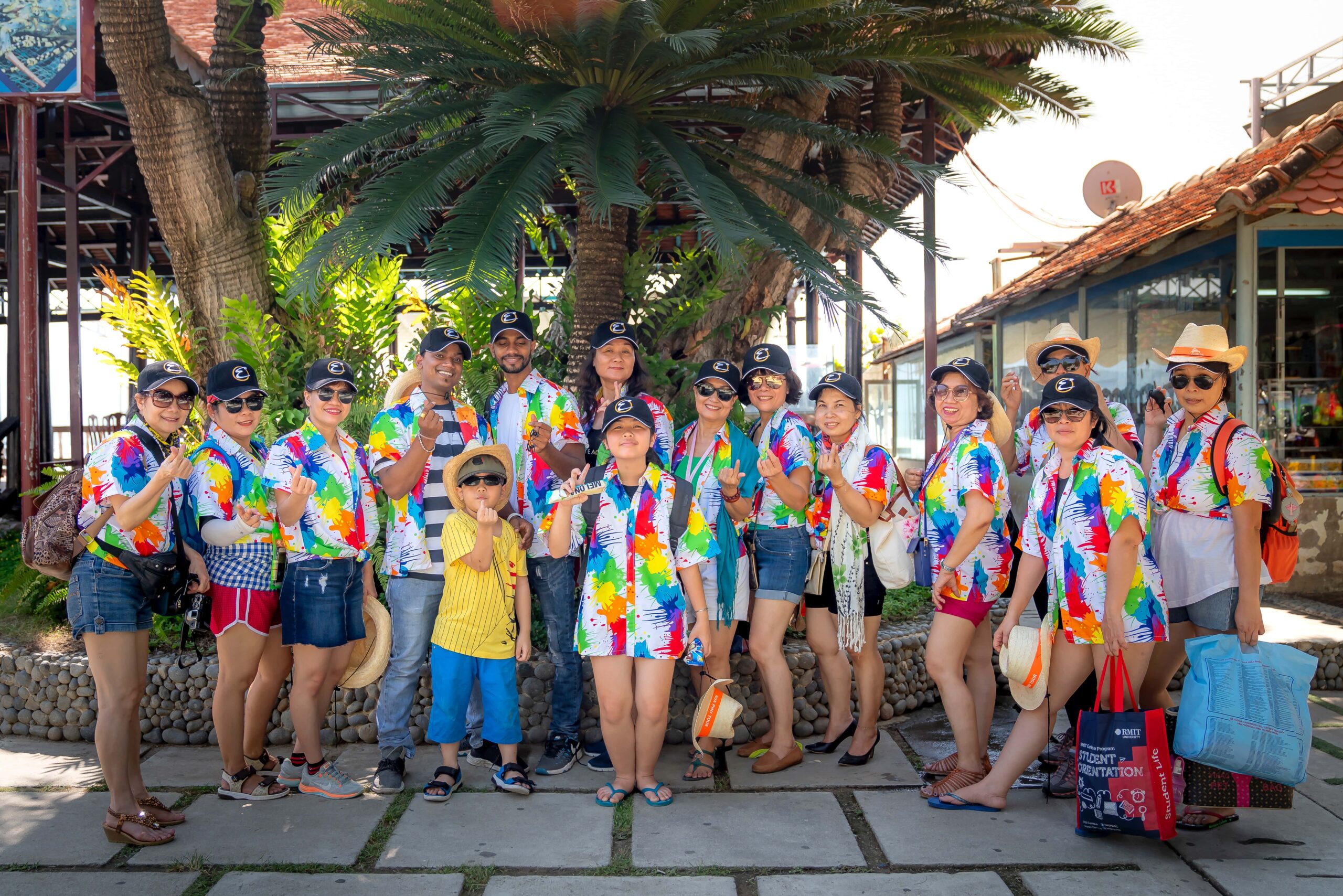
Image credit: Quang Nguyen Vinh/Pexels
While locals would understand foreigners who don’t use honorifics, they’ll certainly appreciate you using them.
“Manong“ (ma-nong) is used to refer to an older man while “manang“ (ma-nang) is for an older woman. For anyone younger than you, use “ading” (ah-ding). To pronounce these words like a local, put the stress on their first syllable.
Ilocanos also use “angkel” and “anti” from the English words “uncle” and “auntie” for people who are the same age as their parents. Meanwhile, “tatang” and “nanang“, which are “father” and “mother” in Ilocano, are also used for grandparents.
These honorifics are commonly used at home. But Filipinos, Ilocanos included, just like to refer to everyone as if they’re family.
4. “Wen” and “Haan” (Yes and no)

Image credit: Allan Mas/Pexels
Most people in the Philippines can understand English and speak at least some of it. But when you’re out on an adventure to a place where even Filipino tourists don’t usually go, asking yes or no questions can get you far. In Ilocano, “yes” is “wen“ and “no” is “haan.”
Depending on where you are in Northern Luzon, “wen” can be pronounced as “wen” with a prominent “e” sound or “wun” which can sound like there’s no vowel in the word at all.
Meanwhile, “haan” can be spoken with the stress on either of the two syllables but “HA-an” usually implies a disapproving tone.
5. “Adda” and “Awan.” (There is and there isn’t)
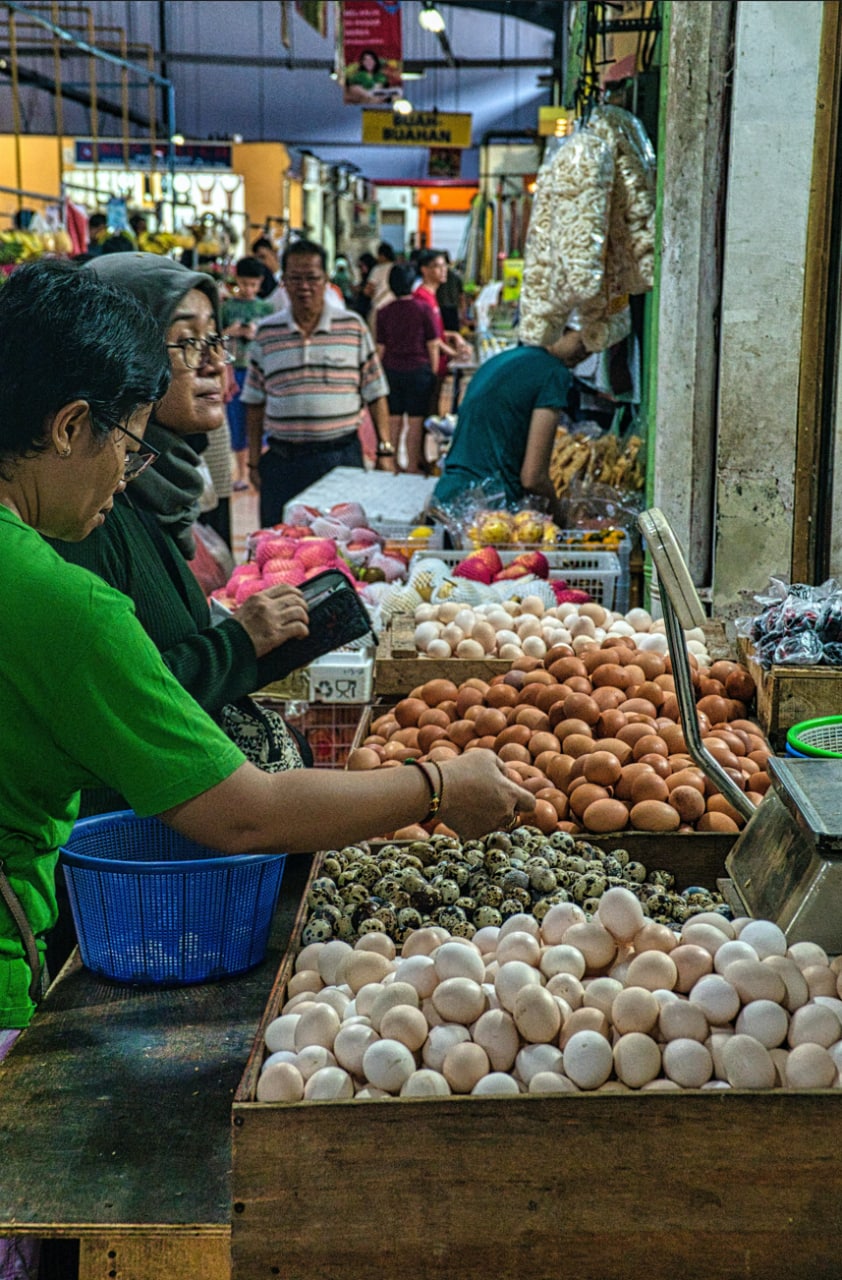
Image credit: Tom Fisk/Pexels
The Ilocano words “adda“ and “awan“ can be used as answers when you ask if a shop has a certain item you’re looking for or if a friend is at home.
“Adda” can mean “we have it or “it is/s/he is here”. “Awan” is simply the opposite.
Say “ADD-dah” to say the word like a local. Meanwhile, “awan” should sound like you’re saying “a wand” minus the d sound.
6. “Agyamanak.” (Thank you.)
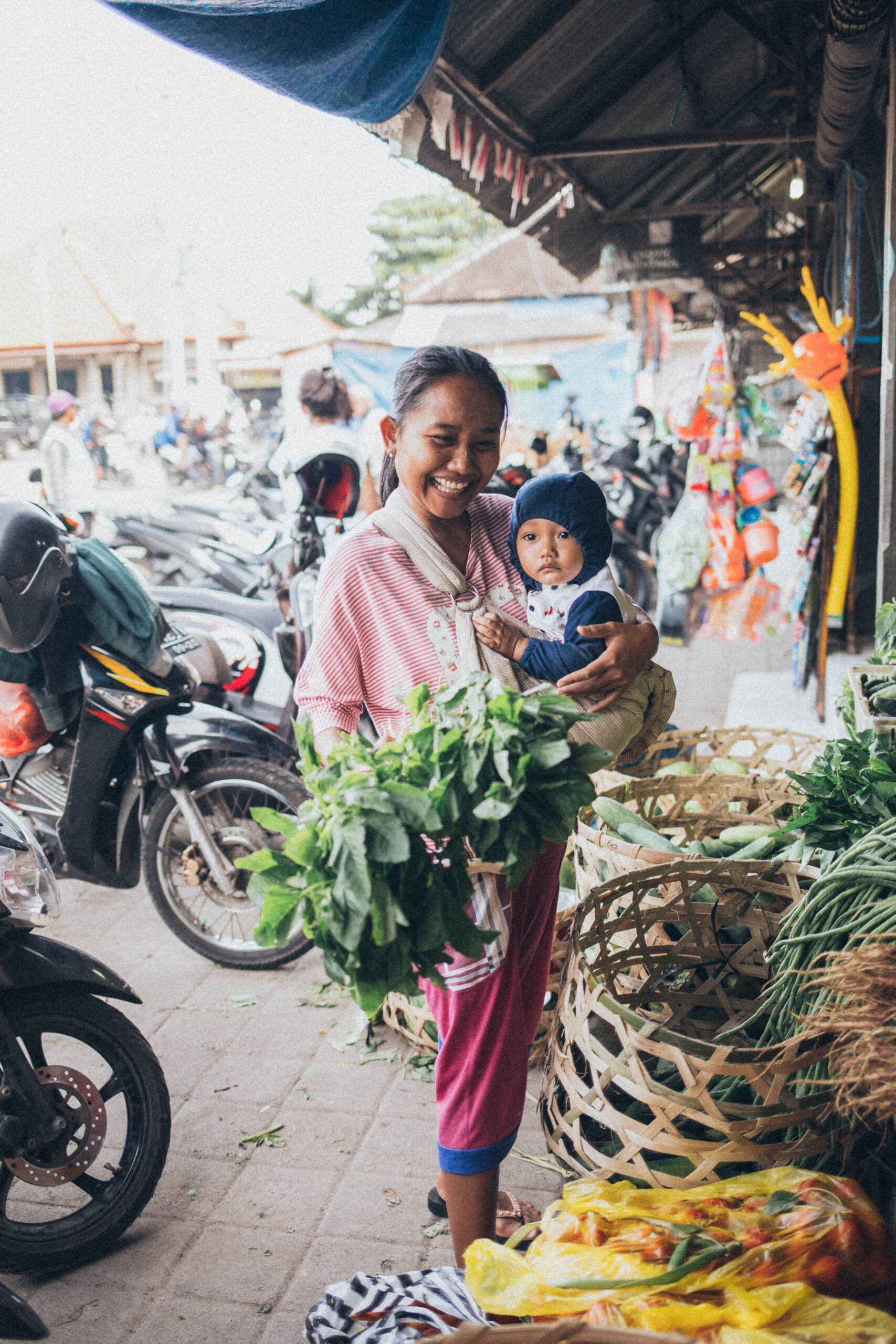
Image credit: Elina Sazanova/Pexels
Although most locals now say “thank you” to express their thanks, saying “agyamanak“ (ag-YA-ma-nak) will make your gratitude sound more heartfelt. You can use it especially when people have done you a great favor.
“Agyaman” means “to be grateful” in Ilocano and “-ak” is a suffix you’ll often hear. It comes from the Ilocano word “siak” (shack) which means “I”, so it’s added to verbs to say the things you have done.
7. “Mabalin iti agdamag?” (Can I ask you something?)
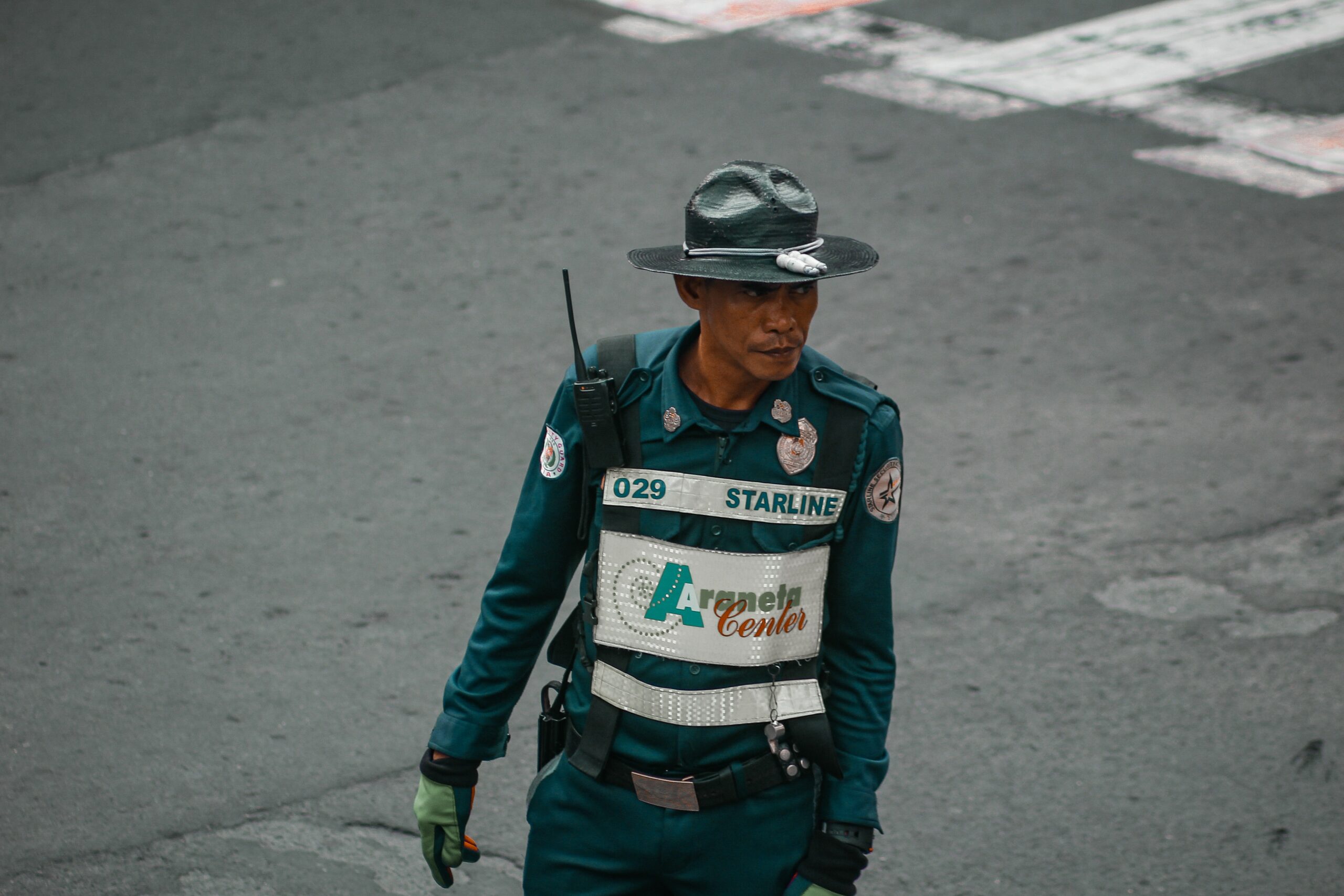
Security guards are some of the best people to ask for directions.
Image credit: Darren Tagao/Pexels
Although “Mabalin iti agaamag?“ is a question in itself, it’s a polite way to ask if a person has the time to answer a question or two.
The Ilocano word “mabalin” (ma-ba-LIN) means “possible” but translates to “can I” when used in a question. Take note of this word as you can use it to ask permission to do other things.
The word “agdamag“, on the other hand, means “to ask”.
8. “Apo!” (Is anyone here?)
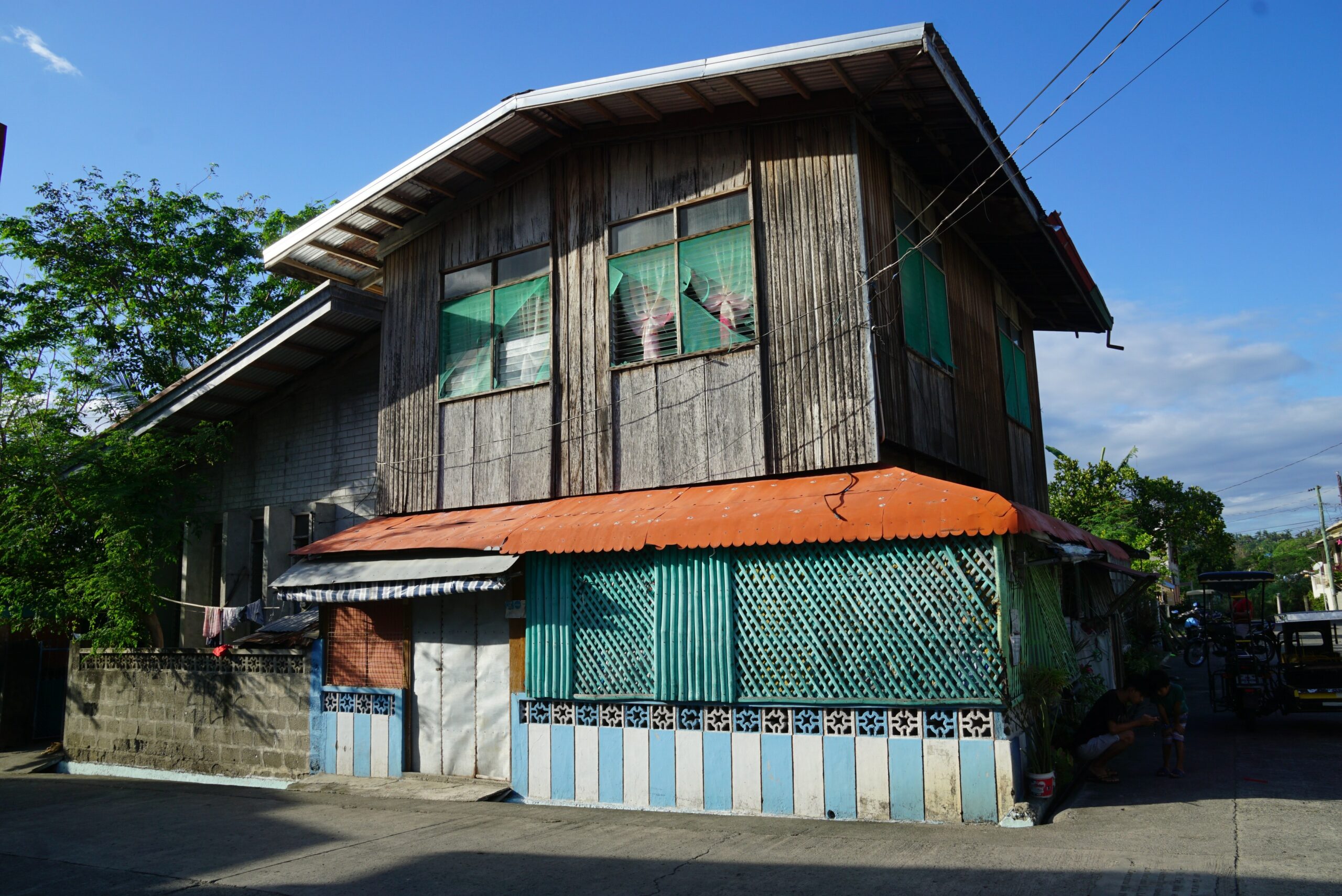
Image credit: Beth McDonald/Unsplash
In Tagalog, “tao po” is originally used to announce that you’re a person and not a spirit when entering a home. But it can also be used to ask if there is a person inside a place, like a shorter version of “May tao po ba rito?” or “Is there anyone here?”
The Ilocano equivalent of “tao po” is simply “apo“. It’s normally used to call on a resident when you’re in front of a house.
However, you can also use this to call on the shop owner when you’re buying from a general store or if you’re entering an empty food spot.
9. “Agpakadaakon.” (Goodbye.)

Image credit: Adrian Agawin/Pexels
While Ilocano word “agpakada” means to ask permission, you don’t have to worry about people saying no when you say “agpakadaakon“. It’s just an expression and you don’t actually need people’s permission to go home.
For a more informal way to say “goodbye” in Ilocano, you can say “innak pay“. The word “pay” here is pronounced like the English word “pie”.
10.”Kasatno iti apan idiay [location]?” (How do I go to [location]?]
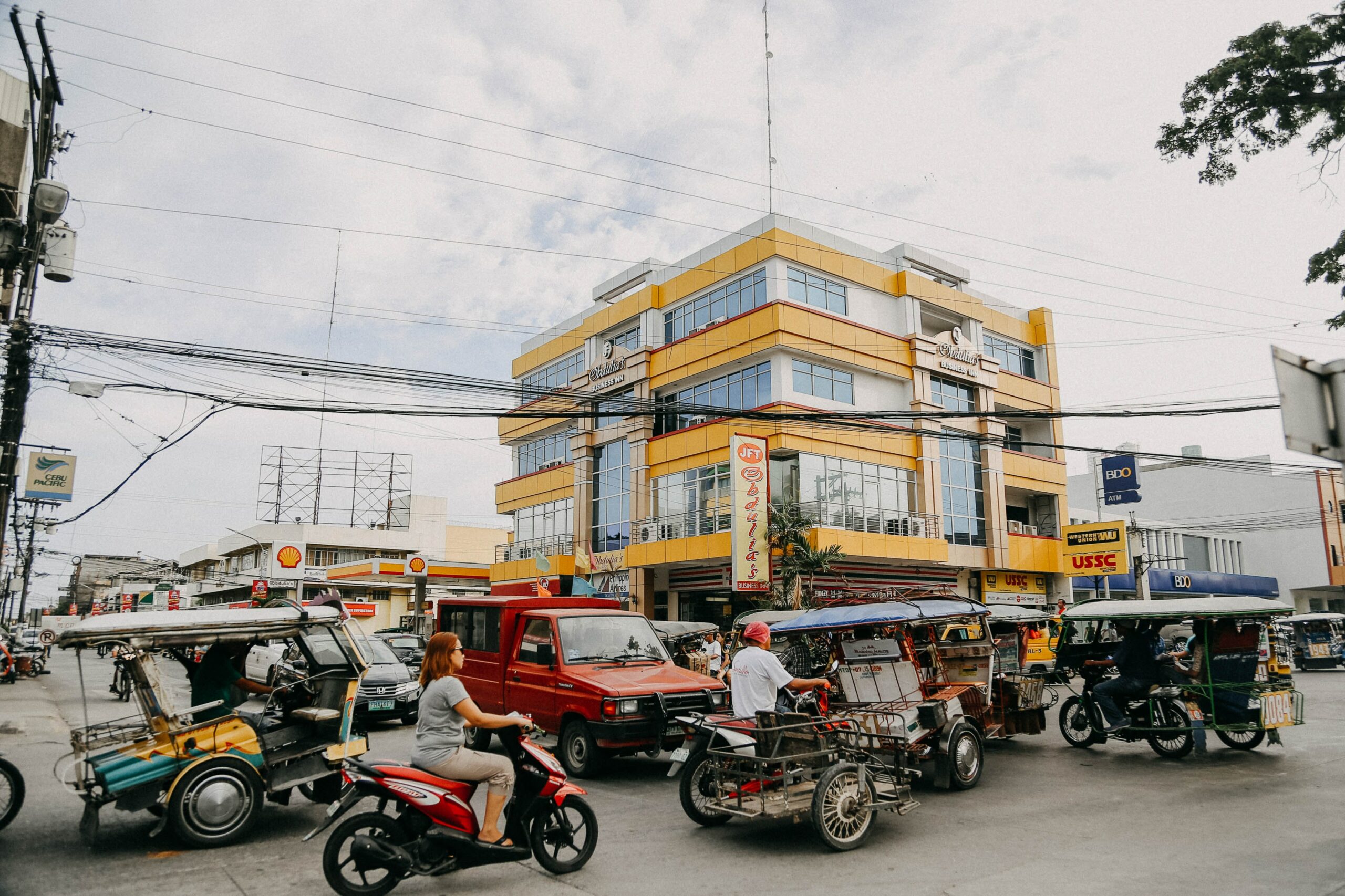
Image credit: Denniz Futalan/Pexels
“Kasatno iti apan idiay [location]?” is a question you’ll ask often if you’re going to Northern Luzon to explore its tourist spots.
Try to remember the Ilocano word “kasatno” or “how”. It might be useful in other situations where want to ask for instructions.
You can also ask “Ayanna ditoy iti [location]?” (Where is [location]?) if you’re in the vicinity of your destination but you just can’t spot it yet.
Pro-tip: The best people to ask for directions in the Philippines are tricycle drivers and security guards.
11. “Kannigid” and “kannawan”. (Left and right)

Image credit: Lina Kivaka/Pexels
If you’re near the place you’re looking for, locals might give you directions by telling you to go left or right.
Knowing which is left and right can already be confusing for some in their native language, so you might want to memorize these words in Ilocano. “Kannigid“ means “left” while “kannawan“ means “right”.
You might also hear people say “agpakannigid” or “agpakannawan” when giving instructions. These mean to “go left” or “go right”.
However, if you still have a long way to go to get to your destination, locals will usually tell you where to get a ride.
12. “Apan idiay [location] daytoy?” (Is this going to [location]?)

Image credit: A R/Pexels
To know if a jeepney or bus is headed to your destination, ask a driver or a passenger, “Apan idiay [location] daytoy?“
Try to ask this even if you feel shy. You might feel a bit awkward but it’s better than getting lost.
Besides, if the answer is no, they’re likely going to tell you which jeepney or bus to ride instead.
13. “Diay supli iti [amount]?” (May I have the change for the [amount]?)

Image credit: Angie Reyes/Pexels
Although some vehicles have been modernized, public transport in the Philippines isn’t as high-tech as that in developed countries.
In buses, there are conductors that collect your fare. But in jeepneys, you need to pass your fare to the driver.
Since they have to multitask, they might forget to give you your change at times. You can gently remind them by saying, “Diay supli iti [amount]?”
14. “Pakitulodak idiay [location].” (Please take me to [location])

Image credit: Lawrence Biñas/Pexels
If you’re riding a taxi or a tricycle, say “Pakitulodak idiay [location]”. They can take you exactly where you’re going since you’re the only passenger and you’re hiring them for a bit.
But when you’re riding a bus or a jeep, you can ask for a favor and say “Pakibabaak idiay [location]” which means “Please drop me off at [location].” This is useful for when you know the name of the place but not how it looks like.
In rural areas in the Philippines, buses and jeepneys are allowed to drop people off anywhere – even at places that are not bus stops.
– Shopping –
15. “Sagmamano daytoy?” (How much is this?)

Image credit: SimplyArt4794/Pexels
Price tags or placards aren’t commonly used in stalls and eateries. So, you’ll need to ask how much items are when buying souvenirs or food.
To do this, say “Sagmamano daytoy?” while pointing at or holding a product. This is so the busy vendor will know what item you’re referring to.
If the vendor is only selling one product, you can also simply ask them “Sagmamano?” or “How much?”
16. Awan tawar nan? (Can you give me a discount?)
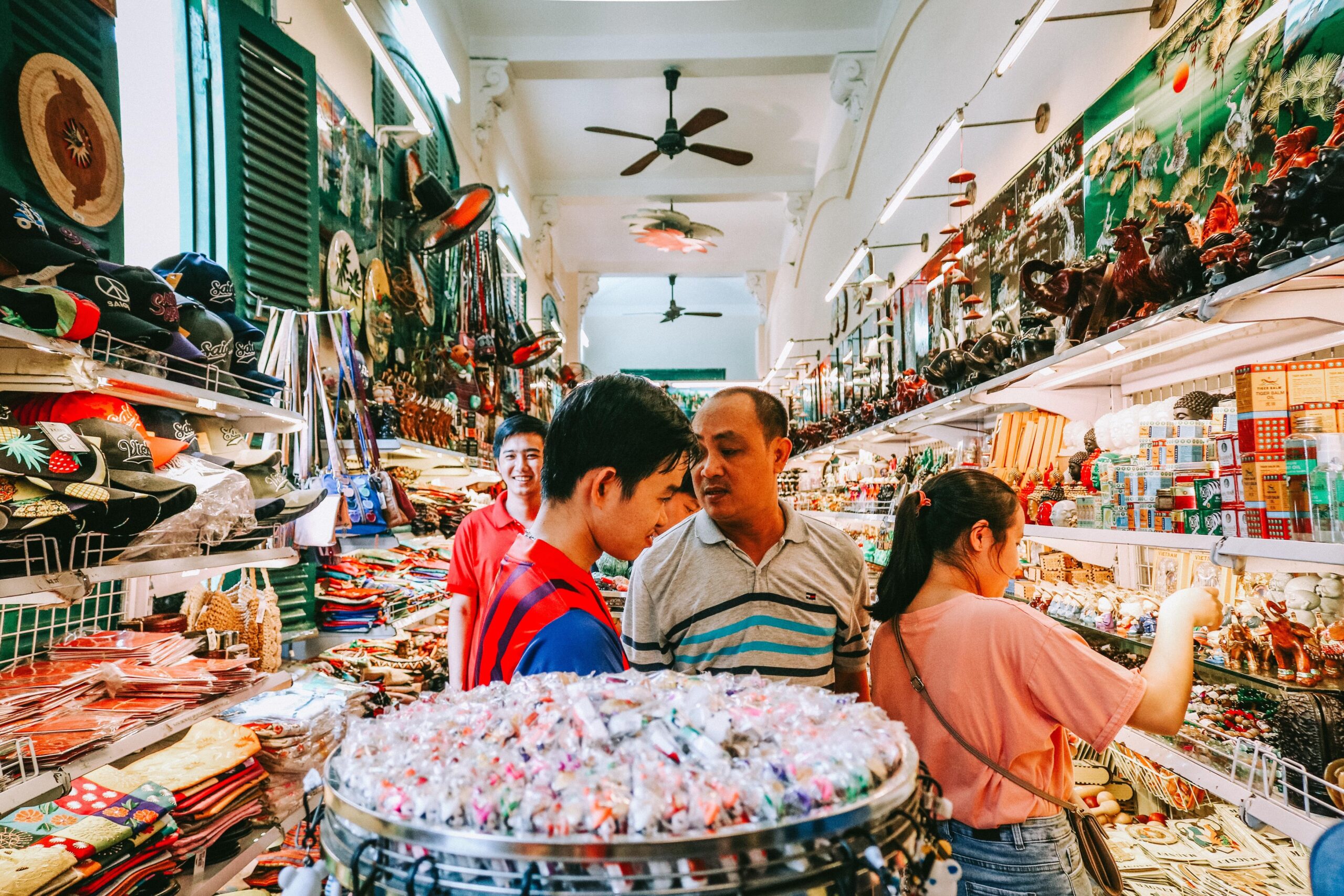
Image credi: Loifotos/Pexels
Bargaining can save you a few pesos at the market, souvenir shops, and thrift stores. You can ask vendors for a discount in Ilocano by asking “Awan tawar nan?”
You might need some charm to get a discount so it helps to be friendly. You’re also likely to get a discount if you buy a lot of items from the shop.
17. “Piso”, “singko”, “diyes”, “bainte”, “singkwenta” and more

Image credit: Angie Reyes/Pexels
Just like the rest of the country, P1 in Ilocano is “piso“. P2 to P99 also use Filipinized Spanish words.
Some examples are “singko“ (P5), “diyes“ (P10), “kinse” (P15), “bainte” (P20), and “singkwenta“ (P50). These come from the Spanish “cinco“, “diez“, “quince” and “cincuenta“, respectively. Compound numbers such asP45 are phrased as “kwarentay-singko” from “cuarenta y cinco“.
For hundreds, use Ilocano counting numbers plus “-gasut“. P100 becomes “sangagasut“, P200 becomes “dua gasut” and so on.
If denominations of money are too overwhelming to memorize, you can also just use the English words and you’ll be understood just fine.
18. “Maysa”, “dua”, “tallo”, “uppat”, “lima”, and more

Image credit: luis arias/Unsplash
Ilocanos don’t use Filipinized Spanish numbers to count. Instead, we use “maysa“, “dua“, “tallo“, “uppat“, “lima“ and so on, which are similar to words in Bahasa Indonesia.
However, for numbers 11 to 99, you can also use the Spanish-originated words to refer to the number of items. For instance, you can say “bainte piraso” to say that there are 20 pieces of an item.
– Dining –
19. “Anya iti naimas ditoy?” (What’s good to eat?)

Image credit: @dollarhits
You’ll certainly encounter unique dishes in Ilocano-speaking areas, especially if you’re a foreigner. To ask for food recommendations, you can ask “Anya iti naimas ditoy?“ which directly translates to “What’s delicious here?’
While most mom-and-pop shop owners would proudly say all their dishes are good, some have best-sellers. The vendors might also tell you their personal favorites.
But if you’re looking for a particular Ilocano dish, you can ask “Adda [dish] yo?” (Do you have [dish]?) instead.
20. “Nagasang daytoy?” (Is this spicy?)

Image credit: Quang Mạnh/Pexels
“Nagasang daytoy?” is an important question to remember for those who can’t handle spice. Or, alternately, you can also ask this if you are looking for something spicy to eat.
If you want to speak like a local, you can also simply say “Nagasang?” while pointing at a specific dish on the menu or on the display to ask if it’s spicy.
21. “Maysa man ditoy.” (Please give me one of these.)
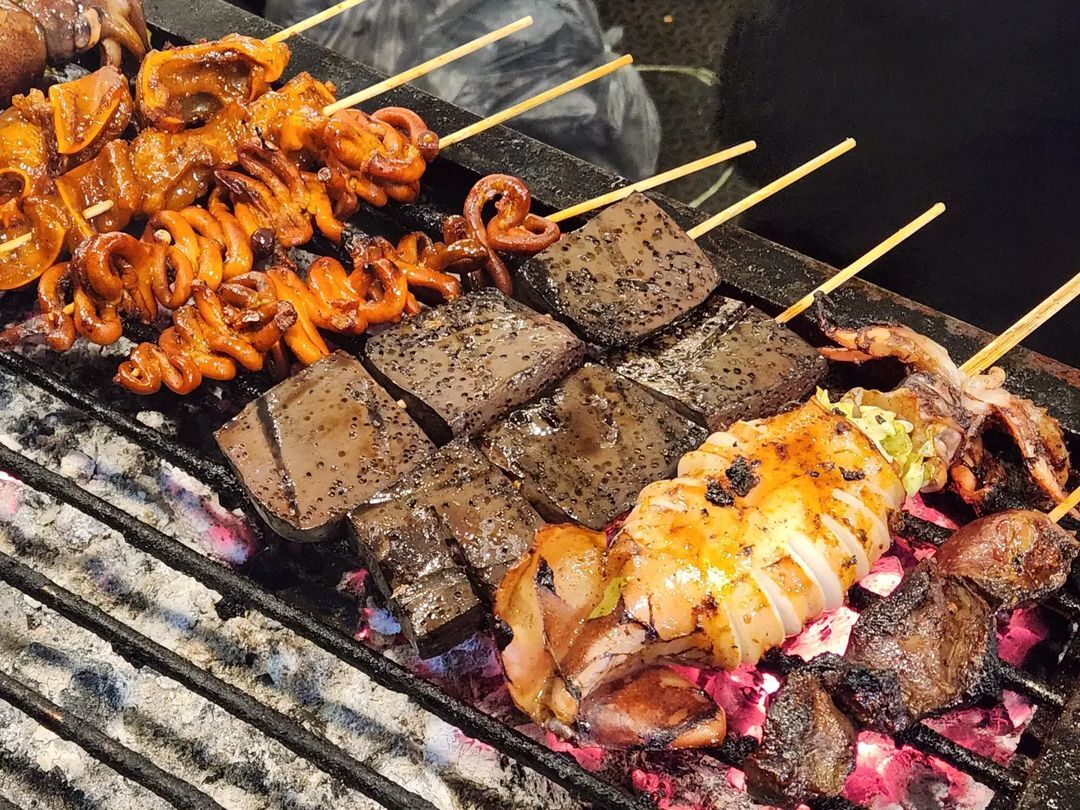
Image credit: @chris.villagracia
Once you’ve chosen the dish you want to get, point to it and say “Maysa man ditoy“. This Ilocano phrase can be used to get one item, not limited to food, or one serving of a dish.
If the vendor is selling just one type of product, you can also simply say “Maysa man” (Please give me one).
But if you’re getting multiple kinds of items, you can say “Daytoy man” (this, please) then point to the next item and say “sa daytoy pay” (and this too).
22. “Pakisupot” or “pakiplastik” (Please put it in a bag.)
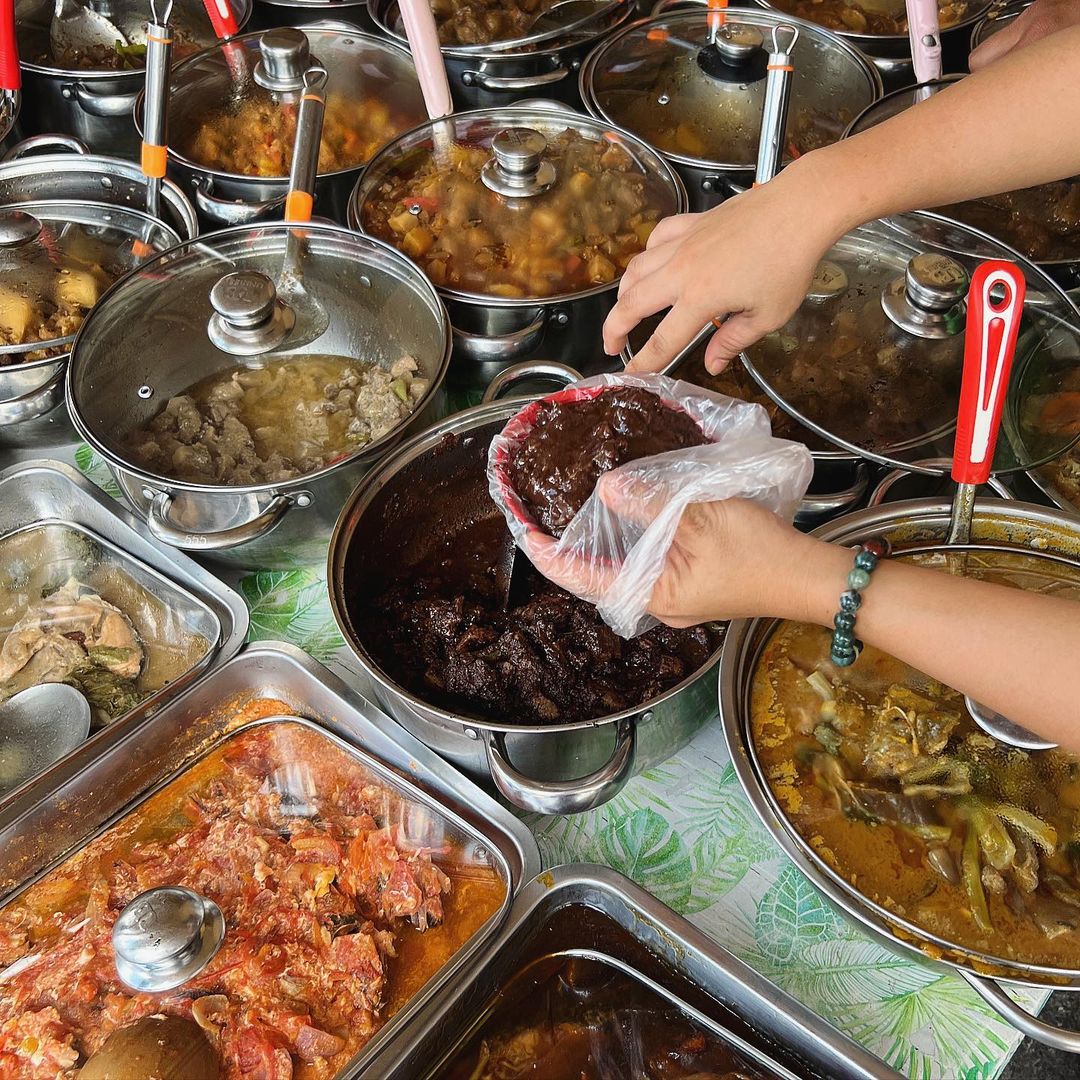
Image credit: @deniserayala
If you want to have your food to-go, you can tell the vendor “pakisupot“ or “pakiplastik“, which both mean “please put it in a plastic bag”. You can use this for food or even for soft drinks in glass bottles.
Alternately, you can also just say “takeout” to say you want to take your food to go and the vendor will put it in a bag.
Ilocano phrases you should know
These Ilocano phrases are good to know. But there’s also no stress on having to memorize these, especially if your Northern Philippines trip is fast approaching.
Ultimately, the most important thing is that you enjoy your trip!
Also check out:
Cover image adapted from: @deniserayala, Elina Sazanova/Pexels, and A R/Pexels
